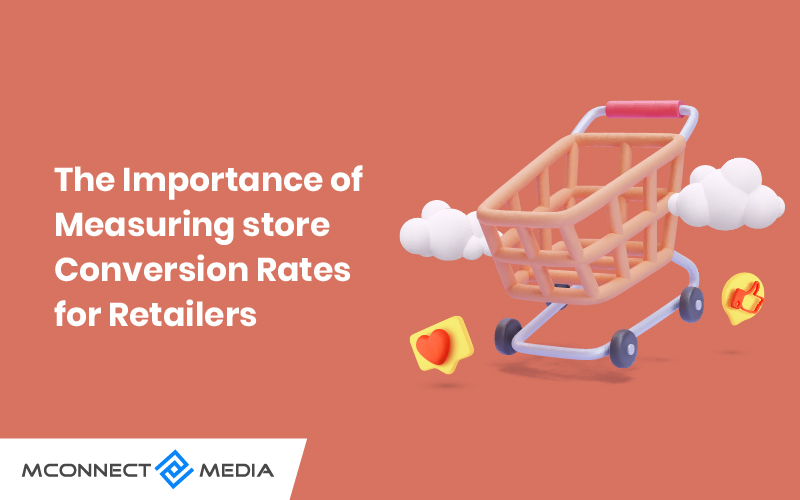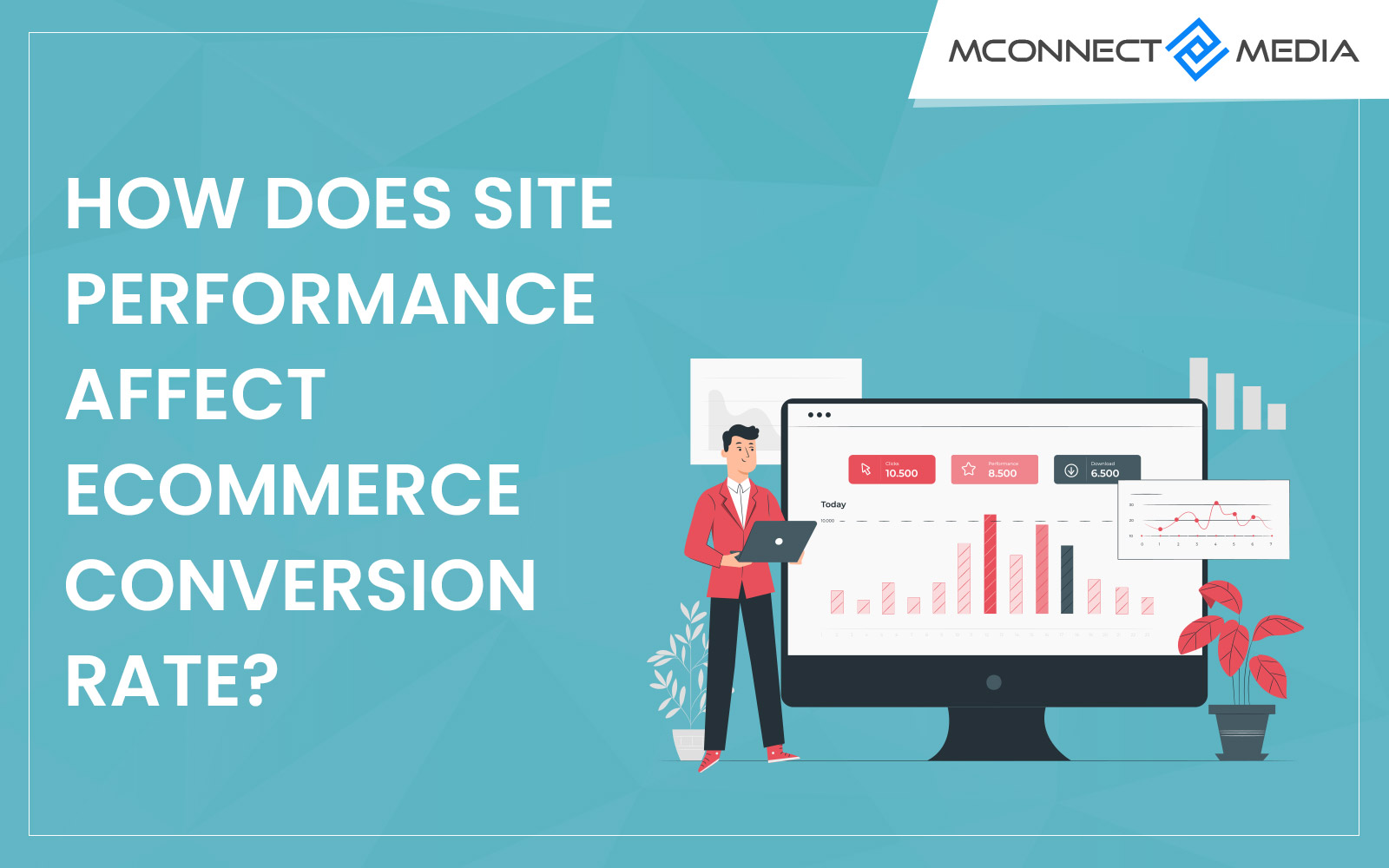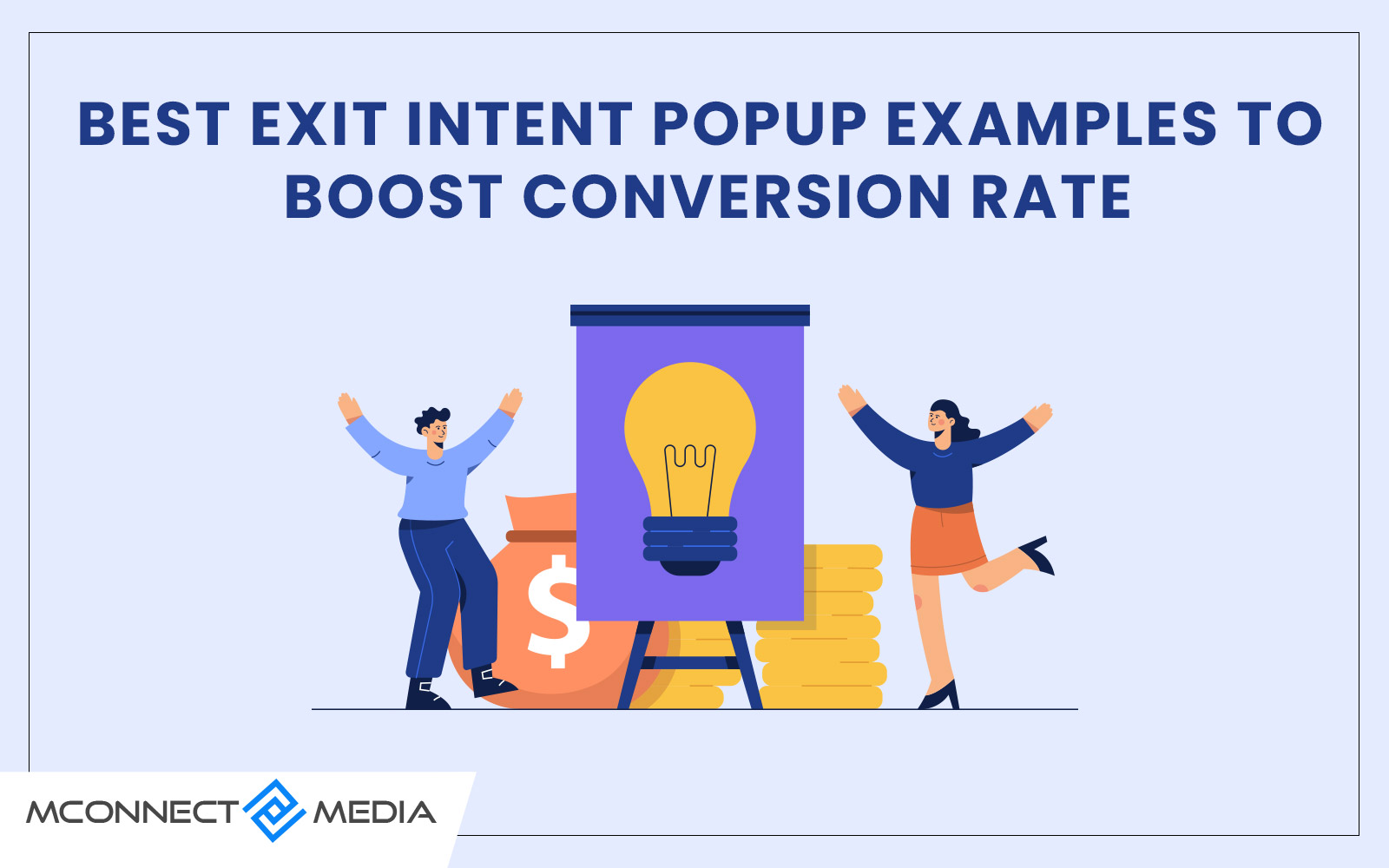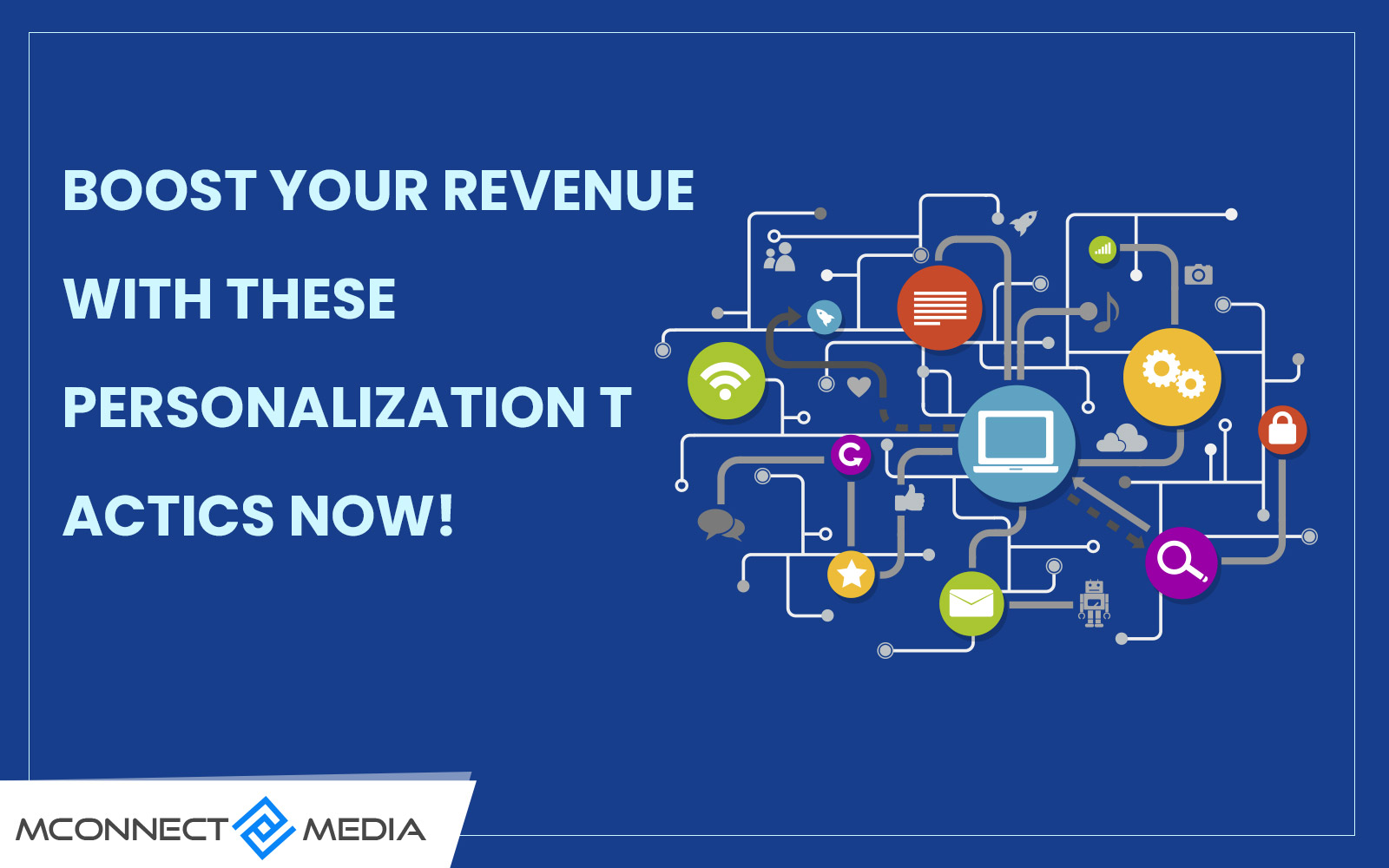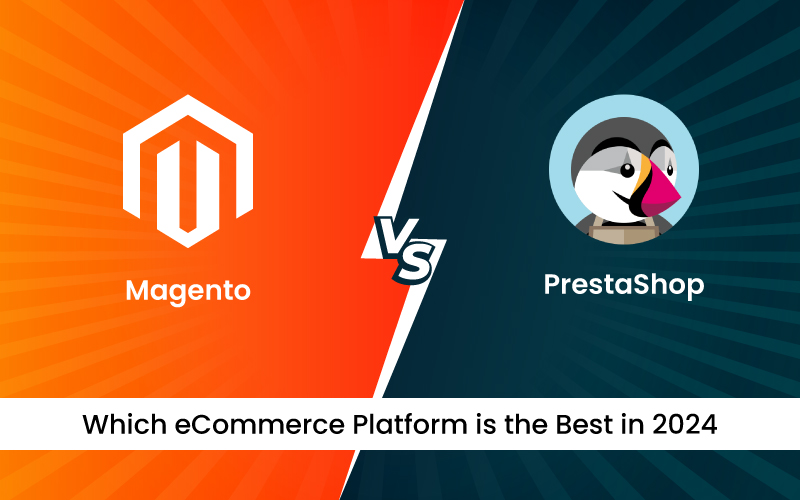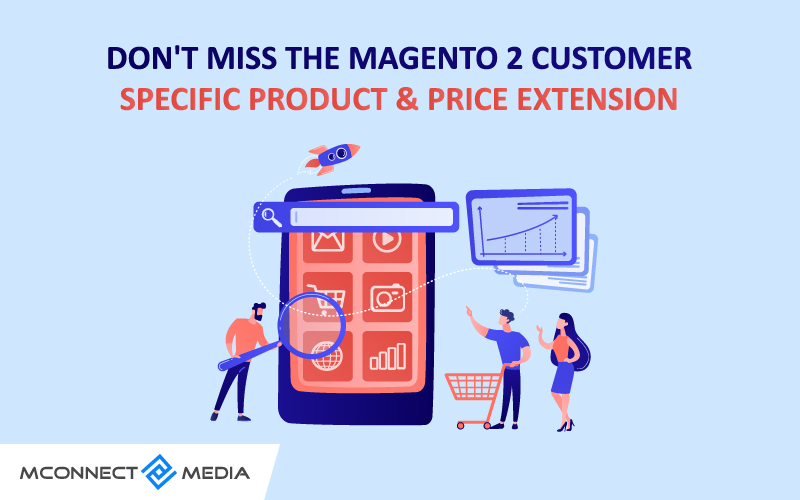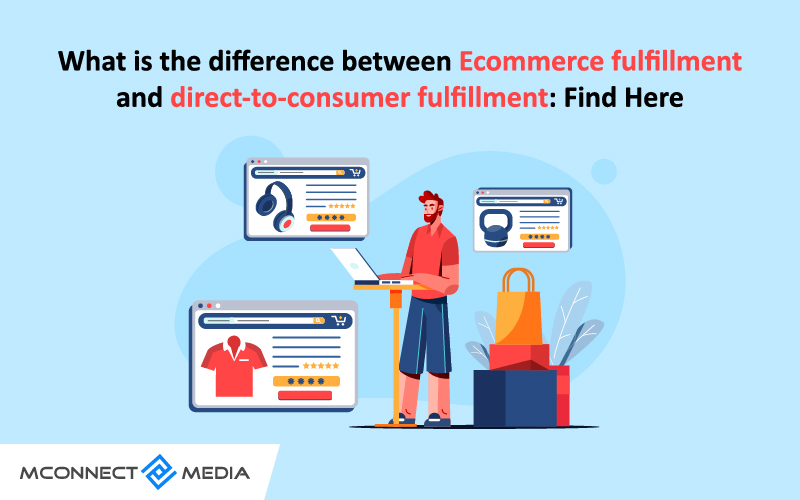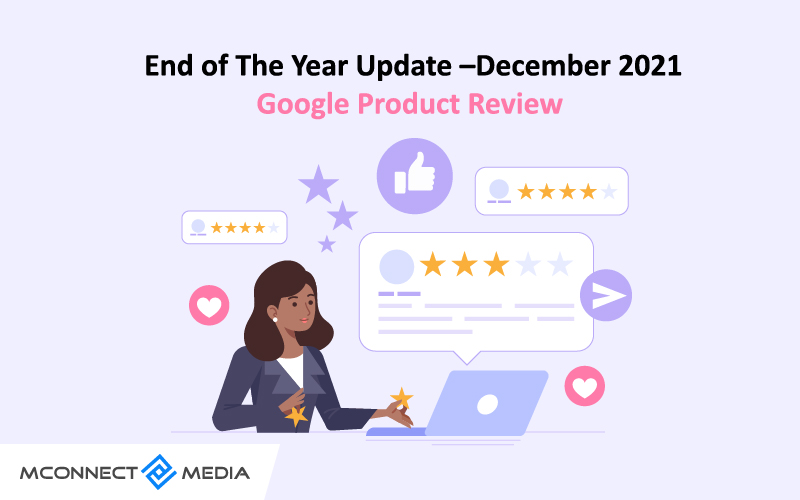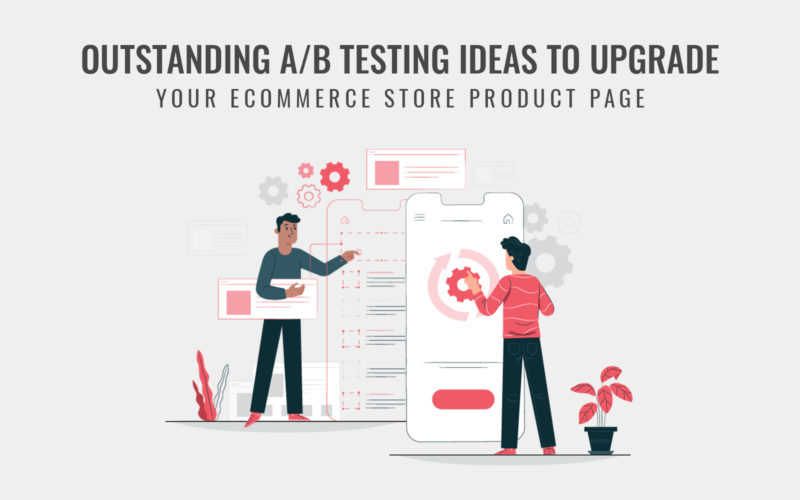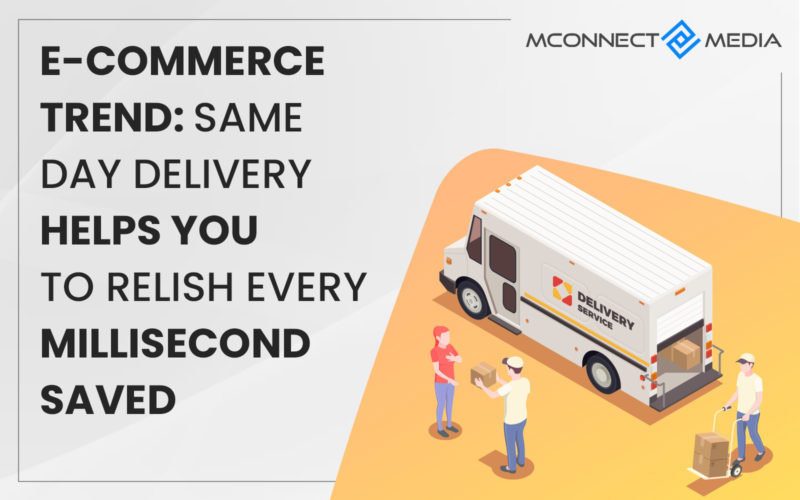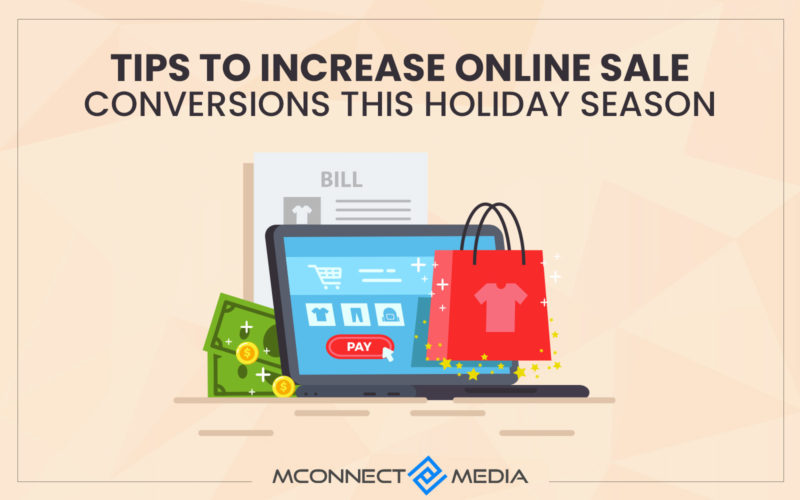Any store or business’s success is dependent on several factors, and it can be difficult to determine what those factors are. However, it is necessary to know in order to succeed. Your conversion rate is the number one determining factor of whether you run successfully or not. You should measure the retail conversion rate because it is an important factor that determines the success of your business.
It is strange to know that many store owners don’t know what their retail conversion rates is and you found them taking pride in the number of personal visits store. That’s good but at the same time, you need to understand how many people not just visit your store but make purchases and become part of your consumer base.
What’s the Retail Conversion Rates?
Retail conversion rates are one of the most important factors in determining the success of a business. For those of you who are unfamiliar with this term, retail conversion rates refer to the number of visitors making purchases from your store during a certain period.
Calculating the conversion rate of any eCommerce store or business is no longer rocket science. Calculating retail conversion rates is as simple as multiplying sales by total visitors*100.
As an example, if your store owner drew in 400 customers over the weekend, and 100 of them made a purchase, your retail conversion rate would be 100/400*100 = 25%. Now that you know and can understand what your conversion rate is for your eCommerce store, you can simply calculate and find out how much profit you earn.
Why Do Retailers Measure Conversion Rate?
Retail conversion rates may seem redundant to store managers who are used to measuring success based on sales. Nevertheless, looking at transactions only during a limited period may not reveal the full picture.
Imagine your store had 80 transactions in one day. In fact, if you had only 80 visitors that day, your conversion rate was actually 100%, making it a phenomenal day for your business.
In order to determine whether businesses are maximizing their resources, they need conversion data to analyze whether the right discount or sales campaign was launched at the right time or whether their floor space was being utilized by diversifying their products.
You can refine the number of decisions you make about your business by using your retail conversion rate. It is helpful to adjust your staff schedule if you are experiencing more store traffic during a particular time, in order to ensure your staff are available to assist customers as needed, thereby enhancing retail conversion rates.
For instance, if you find that changing your staff has little or no effect on your conversion rate, you might work on making other adjustments to your store, including perhaps adding to your window displays, or even changing your inventory.
How Retailers can Measure Conversion Rate?
Since we have previously discussed that if you have a retail people counter at your store, measuring the conversion rate isn’t that difficult. In retail, a foot traffic counter measures the number of people present in a store. Today, the market offers a variety of solutions for counting people. To measure conversion rates accurately and easily, choose a program that integrates with your store’s point-of-sale system (POS).
A foot traffic counter can only tell you how many shoppers are in your store, which is the first step in measuring a retail conversion rate.
Top Tactics to Increase In-Store Conversion Rate
Although each store will have its own specific conversion rate targets, there are a few things that every retailer can do right now to increase their conversion rate in-store:
1. Make the use of Customer Emails
Possibly the oldest and most important strategy for improving in-store conversion rates.
It’s almost certain that you use one form of digital marketing even if you don’t have an eCommerce platform: customer emails. The trend today is for businesses to send customer’s receipts via email rather than send paper ones. Use your database of customer emails to advertise your retail store. You can undertake a similar strategy at your retailer.
In order to drive more traffic to your store and potentially increase your in-store conversion rate, you can send digital promo codes via email that can only be redeemed in-store.
Read on More: How to Draft Email Newsletter that Drive Customers? E-Commerce Guide.
2. Adapt An intelligent positioning system
It is easy to draw in more customers by displaying your most eye-catching items near the entrance of your store.
Ideally, you would place the new season’s items near the entrance of your store while the older, clearance items would be moved towards the back. It is not only a great idea for major retailers, but also for smaller shops.
A window display in your store is important to pay attention to as well. The customer needs to be able to recognize the display is inviting; however, it also needs to be changed periodically in order to remain fresh. Use your window display wisely, whatever you sell, because it is the first chance for potential buyers to catch your eye.
3. Step up your social media game
It is impossible to market without social media, especially when you know how social media has changed the world. Almost everyone is active on social media today, so there is no doubt social media is everything in today’s age.
As it can help you increase your store’s conversion, you should be stepping up your social media game. You can gain the attention of your customers by sharing attractive images and interesting information about your brand.
Social media also promotes giveaways, you might find that my store uses this method of attracting customers. This is a great way to increase your store’s in-store conversion.
4. Automate checkout
Seeing a long checkout line can affect our purchase decisions – for some of us, it can decide whether we buy the item or not. When it comes to converting more customers, retailers need to make the checkout process feel intuitive for customers.
Check-out counters can be easily located in the rear of a store, a simple but elegant solution. Some other similar ideas include removing checkout lines from the ground floor or dispersing cash registers throughout the store.
Ending Up!
Conversion rate ranks high among the important marketing metrics. A conversion rate helps you to identify what your audience is trying to accomplish, and therefore keep the customer happy and satisfied.
Need help measuring the conversion rate of your eCommerce store? M-connect Media has an in-house team of eCommerce experts who have experience from building stores to marketing them. We are always available to help you. For more information, please contact us.


